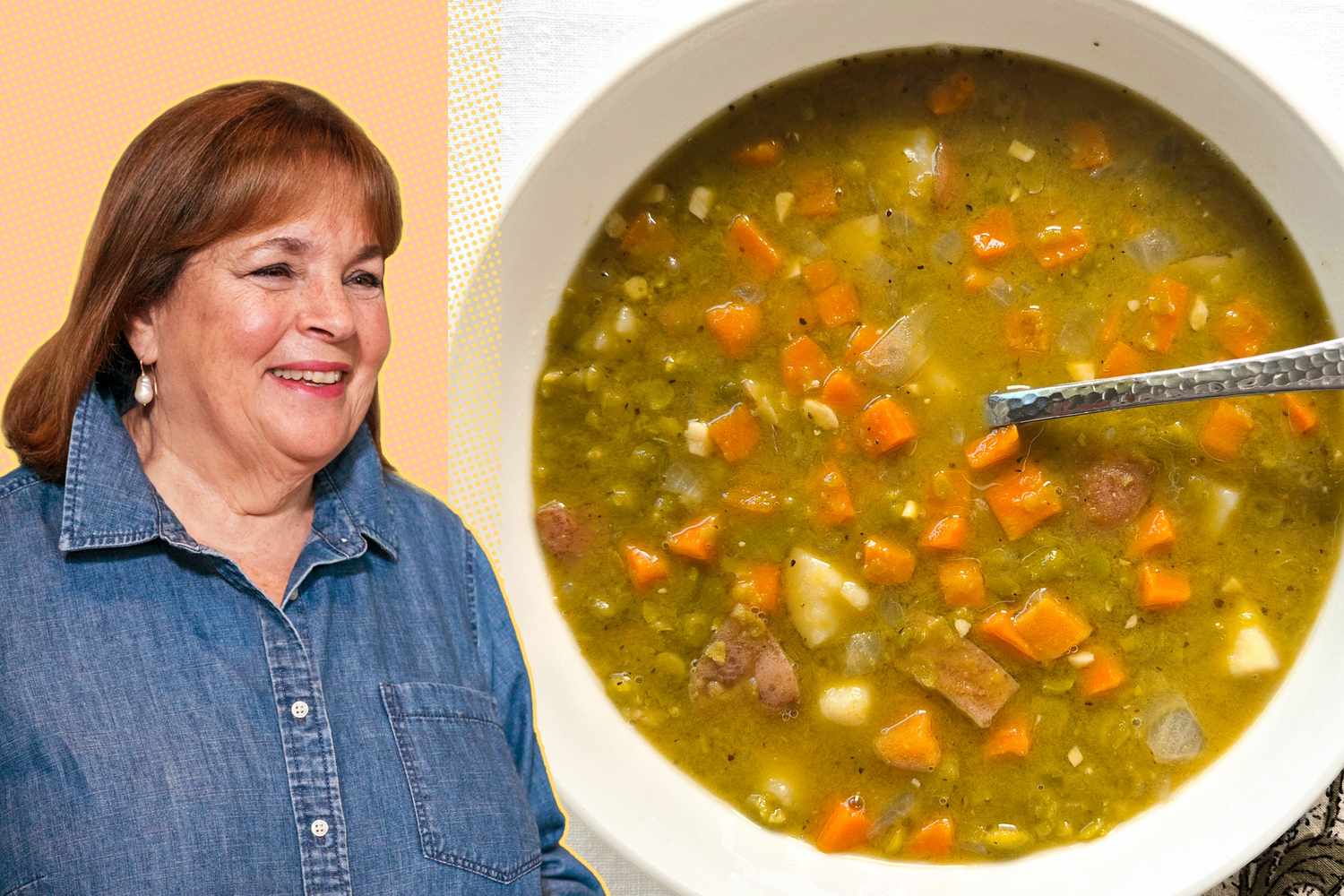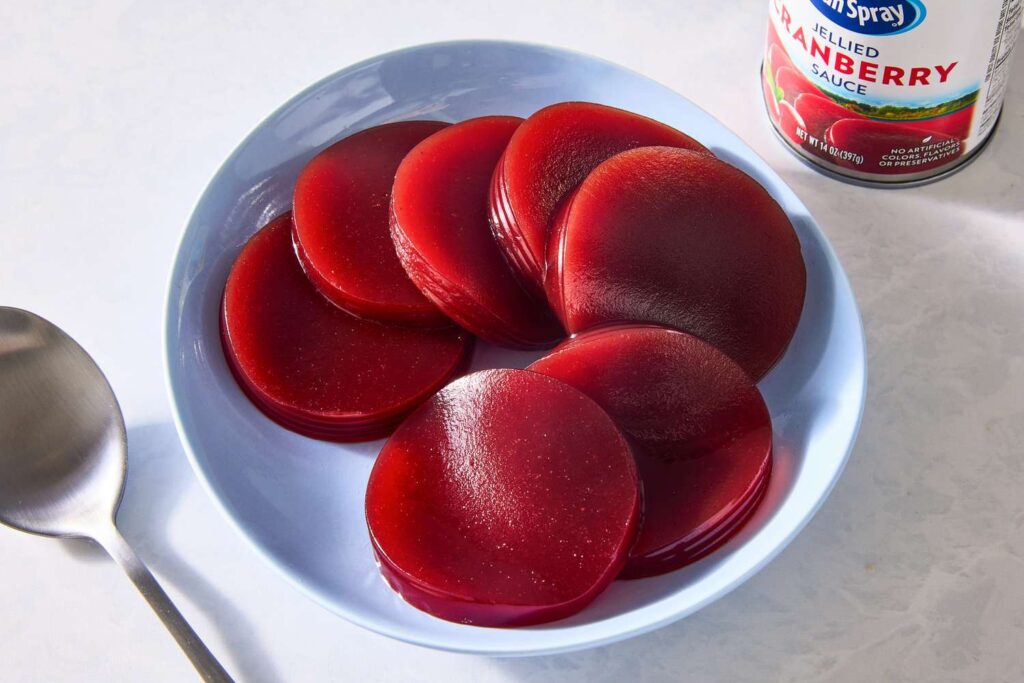:max_bytes(150000):strip_icc():format(jpeg)/Simply-Recipes-Ina-Garten-Soup-LEAD-01-f27b45f25f104ff0a0b1f2060fc8c694.jpg)
I’m what some people might call a soup fanatic. My Pinterest board is loaded with every kind of soup recipe you can think of, and I have even more stored in my mind. There’s one I always look forward to making the moment I feel the slightest chill in the air, and that’s Ina Garten’s split pea soup.
The cozy recipe first appeared in The Barefoot Contessa Cookbook under the title Parker’s Split Pea Soup. The headnote explains that the recipe was developed by chef Parker Hodges, who worked with Ina at her specialty food store for 15 years. He had the idea of adding a portion of the dried split peas halfway through the cooking to give the soup more texture. Since I’ve made it this exact way many times, I promise it’s a technique that works really well.
Simply Recipes / Candace Nagy
How I Make Ina Garten’s Split Pea Soup
You’re probably craving a bowl by now, so let me walk you through how it’s done so you can try it.
Begin by sautéing onions and garlic with olive oil, dried oregano, salt, and pepper over medium heat in a four-quart pot. I break out my big Dutch oven for this recipe. The onions will become translucent after about 10 minutes, and the oregano will give off a fragrant aroma.
Next, add diced carrots and red baby potatoes. I like to give them a minute to mingle with the seasonings before adding the split green peas and chicken stock. Just remember to save half of the split peas for later.
Simply Recipes / Candace Nagy
Once you bring the pot to a boil, you’ll notice a foamy layer form at the surface. It’s nothing more than proteins and starches released from the peas, but they can give the soup a cloudy appearance, so it’s best to do like Ina and skim it off after you bring the pot to a simmer. I do this with a tablespoon, gently dragging it along the surface. Because the softened onions tend to float to the top, you’ll want to take your time so you don’t toss out the baby with the bathwater—or in this case, toss out too many of the onions with the foam.
The hardest part about this recipe is waiting for it to be ready to eat, since it nearly instantly fills the air with a mouthwatering smell. While you wait, you’ll have just a tad of work cut out for you, including frequently mixing the soup during the first 40-minute stretch of simmering so that no peas stick to the bottom.
The recipe notes to leave the pot uncovered during that time, but doesn’t mention whether it should be covered for the last 40 minutes (after the second batch of split peas is added). I cover the pot so that it cooks faster. If the soup looks too watery when I stop by for a mix, I leave it ajar to allow some of the moisture to evaporate.
And that’s all there is to making this delicious and comforting soup—except for maybe adding a few garnishes. Croutons, crispy bacon bits, or a drizzle of sour cream or chili oil are my favorites.
Simply Recipes / Candace Nagy



Leave a Reply